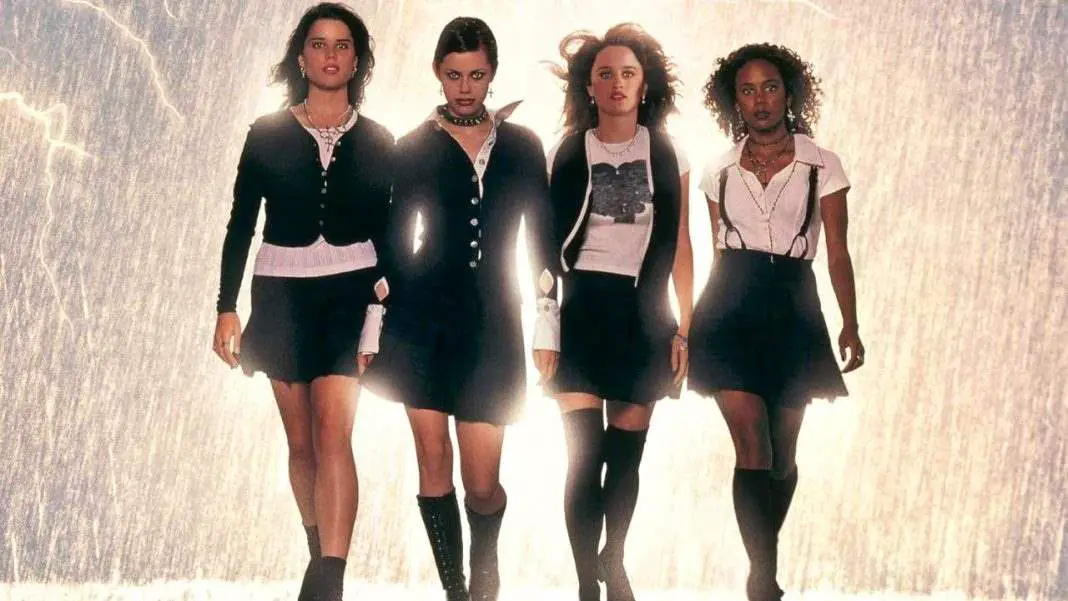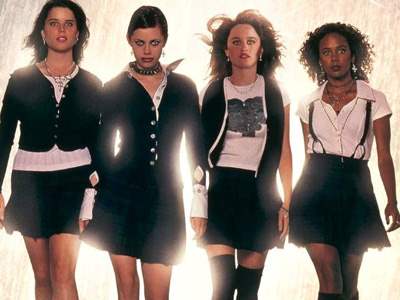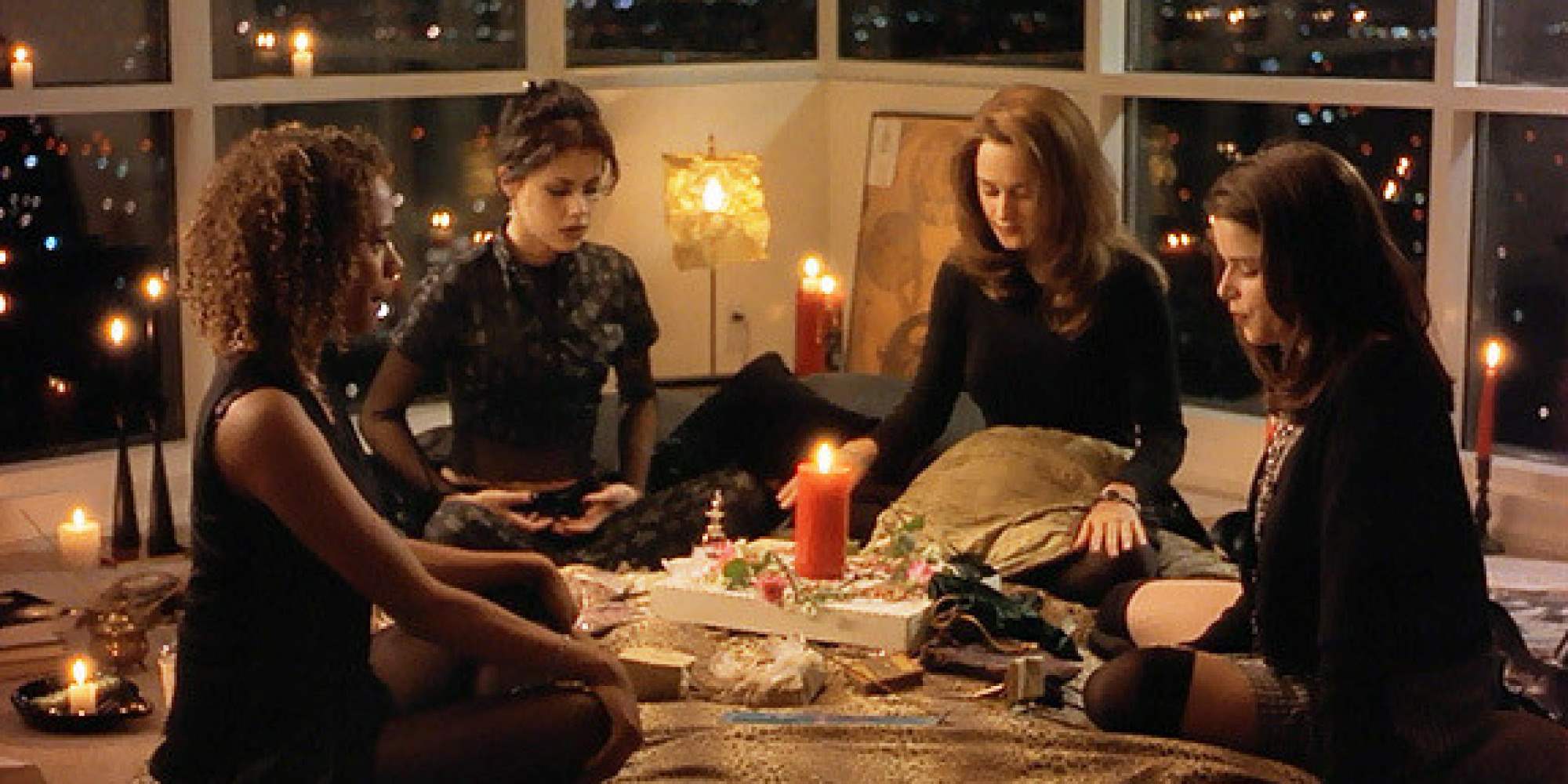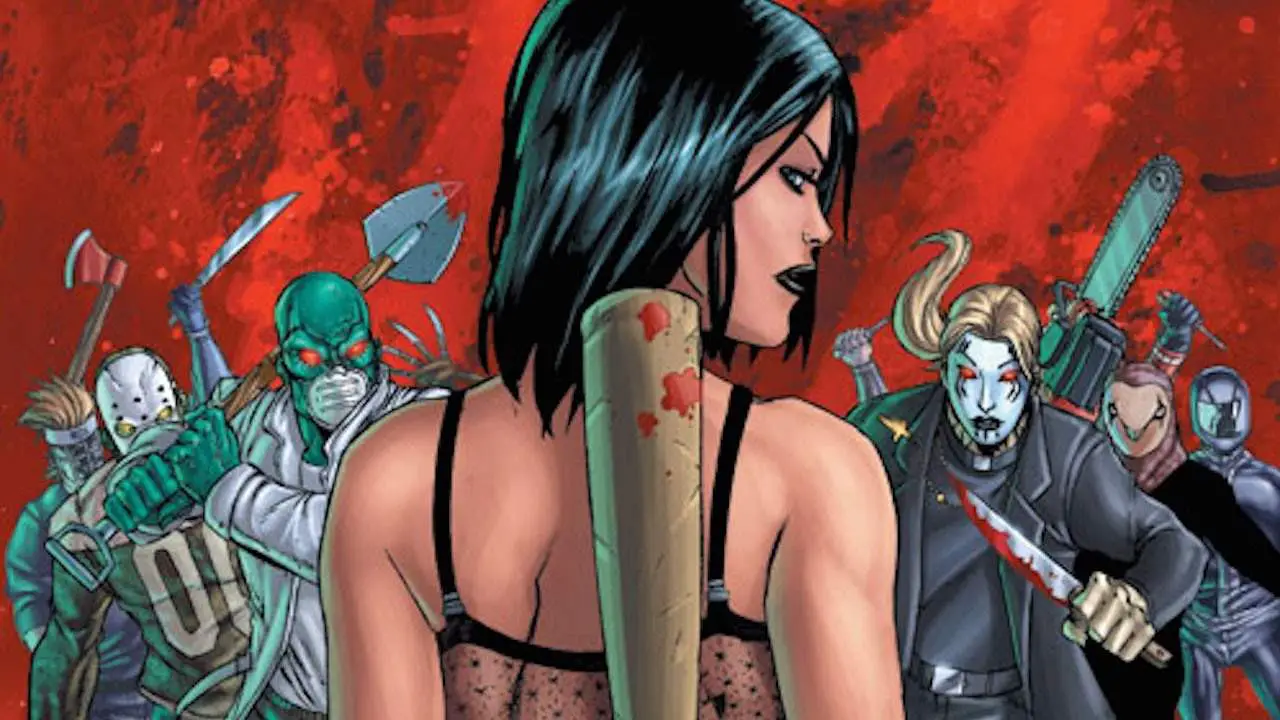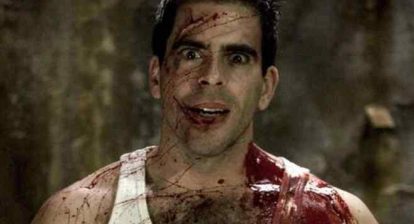If you ask almost anyone to list their favorite horror films from the 1990’s and The Craft will likely come up. It’s beloved by horror fans and even non-horror fans. It’s become not just a standout horror feature, but one of the more prominent teen movies of its era. This is interesting, because The Craft wasn’t that big of a hit when it was first released. It didn’t do bad, but it didn’t launch an immediate franchise like Scream or I Know What You Did Last Summer. At first, it kind of came and went.
Luckily, the 1990’s were a very different time, especially for movies. Despite the influx of technology and the wealth of streaming content, it’s almost easier for a film to simply disappear now. There’s so much content to scroll through and even if there’s something you’re looking for, you never know which streaming service will carry it. With video stores, it was much easier to rediscover something you may have missed in the theater. That’s where The Craft truly began to pick up steam. More and more people started watching it, more and more teens took to the idea of it.
The Craft certainly found the teenage audience it was made to cater to, but it found that audience over time, not all at once. There are definitely more fans of the film now than there were when it came out. Watching it now, you can see why that is. The Craft holds up where a lot of mid-90’s features don’t. It clearly looks and feels like a product of its era. Even with the matching school uniforms, it is drenched in ‘90’s clothing and music. None of that’s really a bad thing, though, it just helps to place and contextualize it.
Part of the lasting appeal of The Craft is that it offers teenagers a sense of control. The use of magic is very pointed and, as a result, very effective. Each one of these characters has something in their life that is a cause of frequent anxiety or results in torment from their peers. Sarah has eyes for a boy who treats her like crap, Bonnie’s body is covered in scars, Rochelle deals with some pretty horrific racism and Nancy has a terrible home life that the other girls don’t even seem to know the extent of. Each of them almost seems to personify all the different problems, on a basic level, that teenagers face. And unlike a lot of young adult material at that time, all of these issues are dealt with head on. No punches are pulled in showing these issues and the effects that they have on each one of these girls.Related: Power Struggle: Feminism in The Craft
These things are so important to give a basic understanding of the characters, who they all are individually and what they all ultimately want before the magic even enters the story. When the witchcraft does enter into the movie, you immediately understand the appeal of it. And given that the audience can so easily relate to these characters—for the first half, at least—the magic appeals to them as well.
One other thing worth mentioning about the lasting appeal of The Craft—and maybe why it has gained such an audience over time—is that it was one of the first movies to treat people who practice Wicca with any kind of respect. Most of the terminology, as far as I know, was fairly correct. A lot of this was due to actress Fairuza Balk being a practicing Wiccan herself and taking the subject matter very seriously. She would call out people when they mixed up something about either the practice or the spirituality and that probably helped to make it a better film overall.
The film shifts dramatically about halfway through, which does throw a lot of people off the first time that they see it. There’s a bit of an absolute power motif to The Craft in that each of the girls becomes something of a slave to the power and what they want to do with it. But I don’t think that’s really the case, even if it’s the way that it’s usually read.
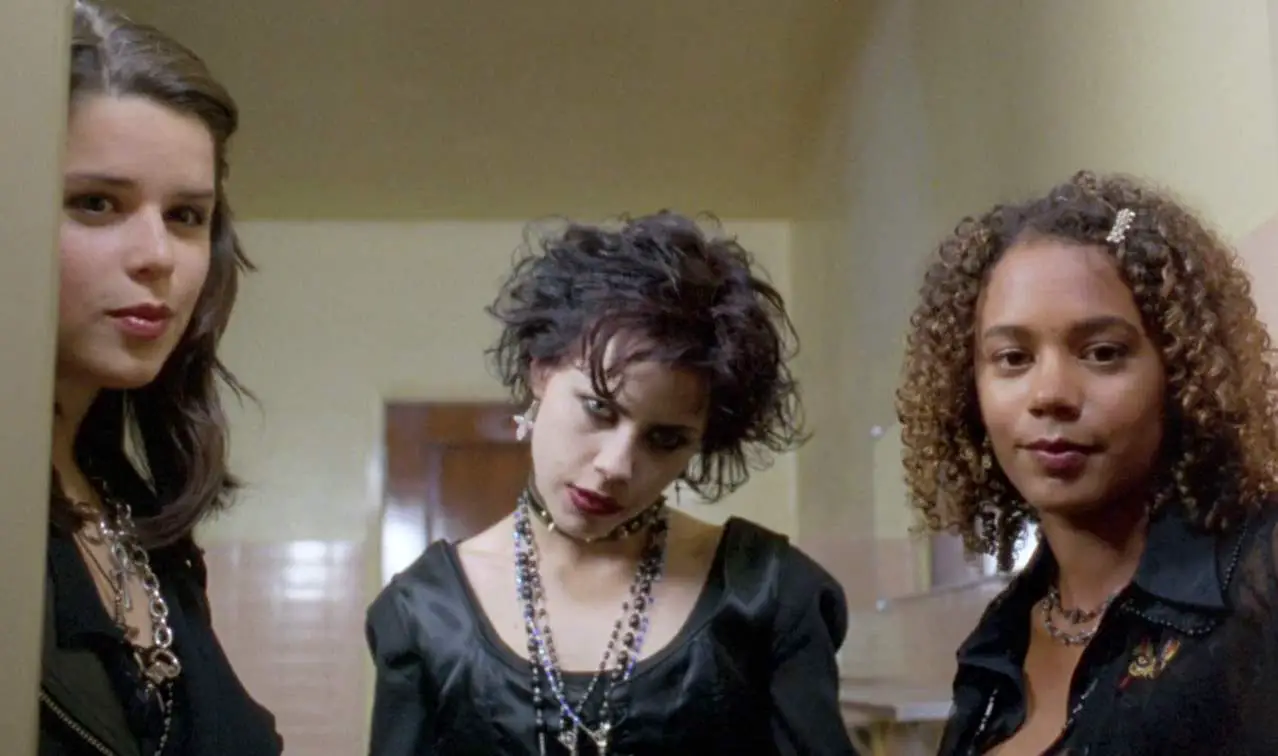 To me, it boils down to about the same as any other teen movie. There’s the new girl and the alpha girl, proving that even the goth kids form the same cliques at the end of the day. Be it magical or not, Rochelle and Bonnie just go where the power is. They’re very typical friends in that their closeness and trust is dependent entirely on who is in charge. But their power still overcomes their needs, which are in some ways simpler than Sarah’s or Nancy’s. Bonnie fixes her scars and Rochelle gets back at her bully, but Sarah and Nancy both want to have a family and fit in, which is what leads them to clash with one another. Ultimately, it comes down to the fact that Nancy is willing to kill for anything she wants and Sarah isn’t.
To me, it boils down to about the same as any other teen movie. There’s the new girl and the alpha girl, proving that even the goth kids form the same cliques at the end of the day. Be it magical or not, Rochelle and Bonnie just go where the power is. They’re very typical friends in that their closeness and trust is dependent entirely on who is in charge. But their power still overcomes their needs, which are in some ways simpler than Sarah’s or Nancy’s. Bonnie fixes her scars and Rochelle gets back at her bully, but Sarah and Nancy both want to have a family and fit in, which is what leads them to clash with one another. Ultimately, it comes down to the fact that Nancy is willing to kill for anything she wants and Sarah isn’t.
The idea that it’s the witchcraft that corrupts the girls takes away from the strength of the overall piece, as well as the importance. The witchcraft is empowering, as Sarah ultimately proves. But it’s the friends themselves that prove to be toxic. In the end, Sarah maintains the power and comes to grips with the nature of it. She’s not using it for personal gain at the end, except to prove to Rochelle and Bonnie that she still has it.
In a lot of ways, The Craft was the Lost Boys of its day. It’s a movie that will be popular as long as there are teenagers. It’s one of the few mainstream horror productions that is largely catered to teenage girls and is very impressive for that. Even though it just barely preceded a slew of teen-centric horrors in the late 1990’s, it remains one of the most powerful of the lot, as well as one of the most relevant.
